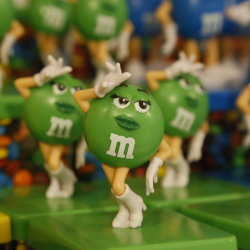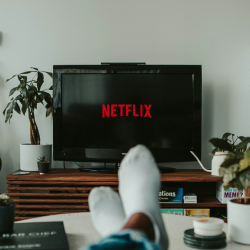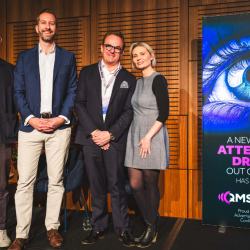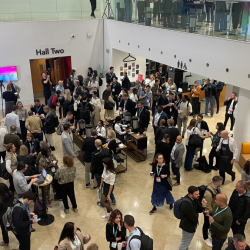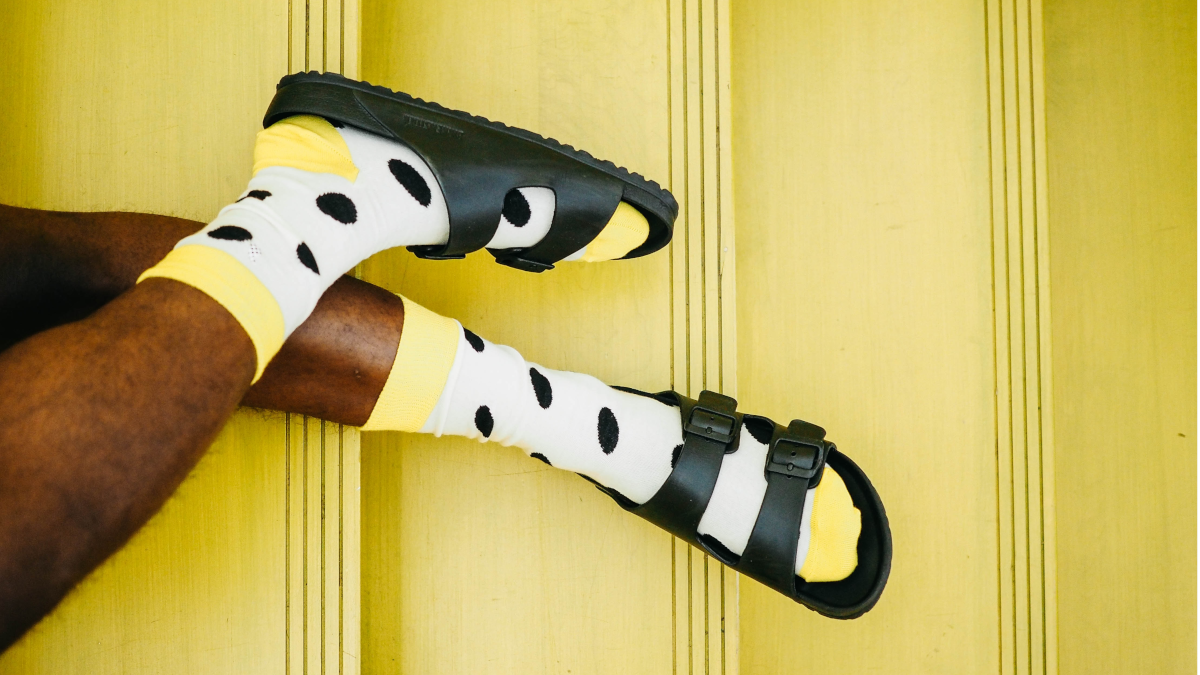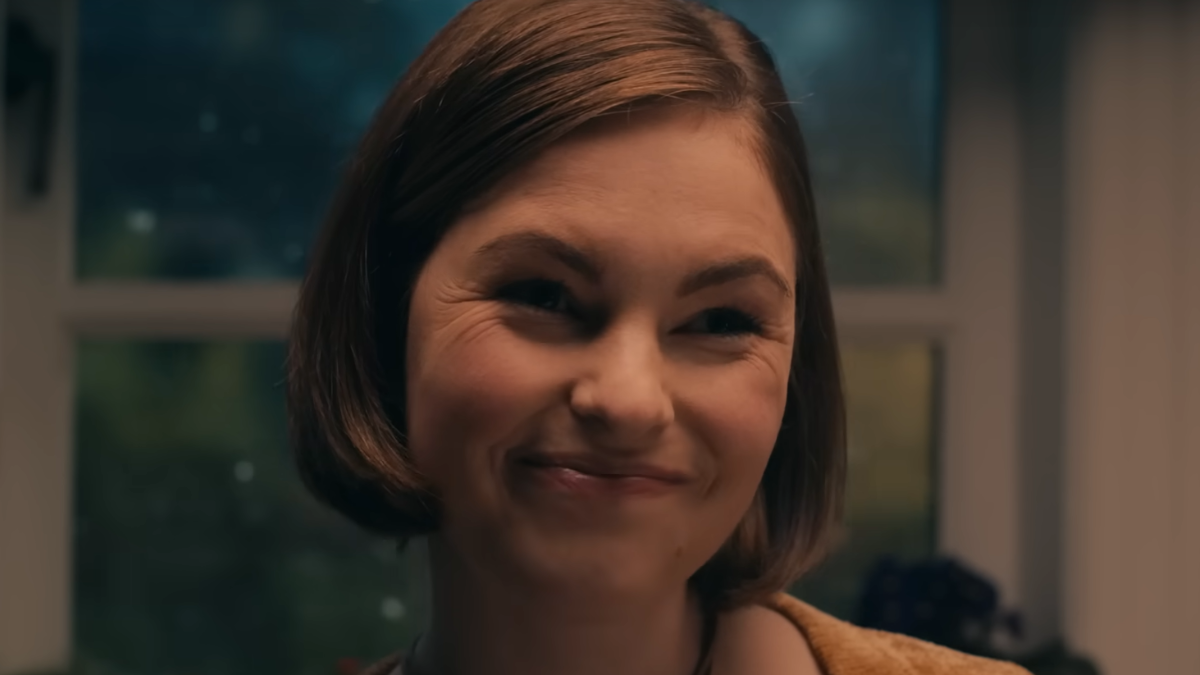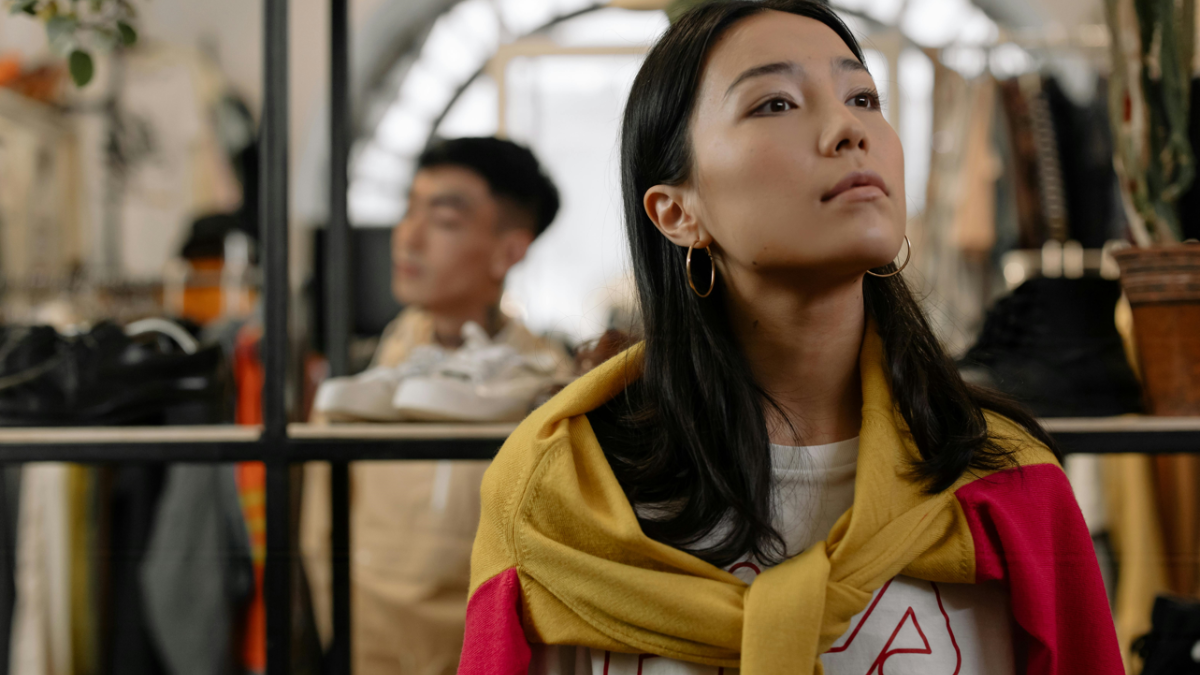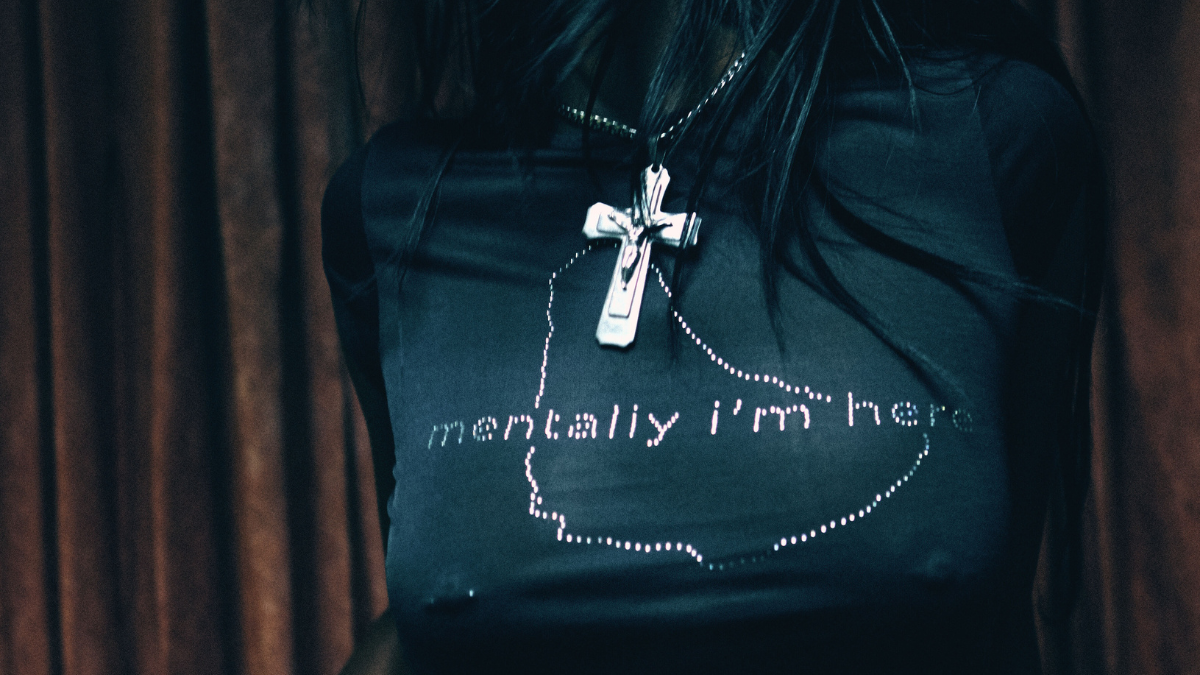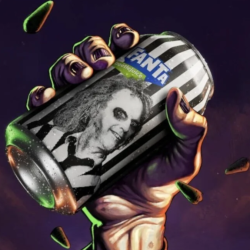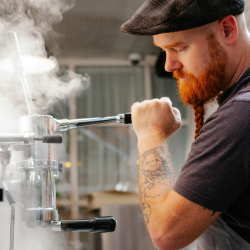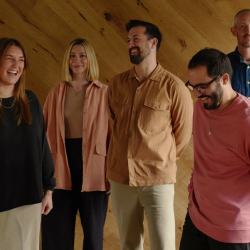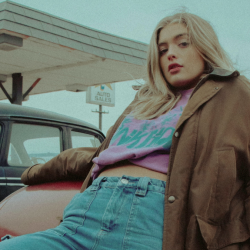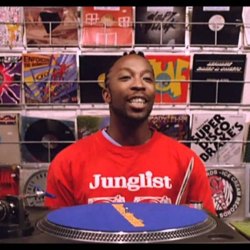It’s something I’ve been thinking about recently. I was out in Shoreditch the other weekend, a hipster part of east London (or a part that’s sold out, depending on your point of view) and I noticed on Redchurch street (a cool road or a sold out one, same reason) a large advert was going up on the side of a building for Birkenstock, with the tagline ‘Be original’. This made me smile, because yet another brand jumping on the corporate bandwagon and trying to ride that Shoreditch hipster wave felt the exact opposite of original to me, but hey ho.
The next vague thought to surface was the question, are Birkenstock cool now? And did we, the people, make them cool, or did some marketing agency manage to pull off quite the 180?
An article in Highsnobiety suggests their coolness is a fairly recent thing. Lifestyle Asia points out they get mentioned in the Barbie (2023) movie, and Jason Momoa apparently loves them. He’s cool right? There are also a number of articles and TikTok posts about the sense of style that Jeremy Allen White’s character, Carmy, has in the achingly cool TV show, The Bear, including specifically his footwear (as he wears black Birkenstock Tokio Super Grips, and his protégé, Sydney, wears white ones).
Whether Birkenstock pushed their coolness or pop culture did, I guess it doesn’t matter. But it got me thinking about why some brands are cool and why some are not
The Cambridge Dictionary lists a number of informal definitions of cool: ‘fashionable in a way that people admire’, ‘excellent; very good’ and ‘acceptable’. Obviously not every brand gets to be cool, nor do all brands have the desire to be. Many achieve success without chasing cool. For others, though, it can make, break or reinvent their business if they’re struggling. And being admired, excellent, good and acceptable, for a brand, doesn’t seem like a bad thing. It probably makes the job of selling your goods and services easier — but more on this later.
‘In the 1980s, the emergence of streetwear culture cemented the connection between the youth culture movement and the ‘cool factor’ for brands’ writes Benjamin Voyer for Forbes. Not that cool began in the ‘80s, but we have to trace the concept of brands being seen as cool back to some kind of starting point. Benjamin goes on to say ‘we consume to express our identity, consuming products perceived as cool by our preferred social groups can contribute to achieving cool status for oneself.’
I suppose, as culture shifts and evolves, particularly in terms of individualistic identity and what matters to us, so must brands. In 2019 the Journal of Marketing published a research paper on ‘Brand Coolness’. Writing on Medium, brand strategist Ryan Pearson dug into the paper, listing brands that are seen as cool by different generations: for millennials (that’s me) we got Adidas, Vans, Nike and PlayStation. And Gen Z got Savage X Fenty, Snapchat and, er, apparently, Sour Patch Kids. There were more, of course, but those are just some I picked out. I feel I’d need to ask a Gen Z person if their list is, or was, on the money. I’d say the millennial list is accurate.
Ryan also talks about the different types of cool. In particular niche cool (perceived as cool by a particular subculture) and mass cool (seen as cool by the general population).
The brands I listed above seem to fit into mass cool, but where does that leave niche cool? And how do you go from niche to mass? Writing on LinkedIn Dr Christian Messerschimdt talks about the lifecycle of brand coolness: moving from uncool to niche to mass cool, and then back again.

Perhaps the hardest thing, then, is to achieve mass cool and remain there for decades
Or maybe it’s becoming cool in the first place. Whatever the case, we could then ask, why does this even matter? Well, according to Dr Messerschmidt (referencing the aforementioned ‘Brand Coolness’ paper in the Journal of Marketing) he says the findings show that brand coolness has a significant positive correlation to the following: willingness to pay, feeling personally connected (to the brand), brand love and brand attitude, and a higher probability of word of mouth (how much you talk about the brand to others).
It’s no wonder so many brands chase cool. Dr Messerschmidt goes on to say ‘An uncool brand can be adopted by a subculture because of its valuable product, clever marketing or just by luck and thus become a niche cool brand. The more it is accepted by the general public, the more it develops into a mass cool brand.’
Maybe this answers my question… in that sometimes we choose which brands get to be cool, and sometimes marketers get to choose. And sometimes it’s just dumb luck.
Featured image: No Revisions / Unsplash
